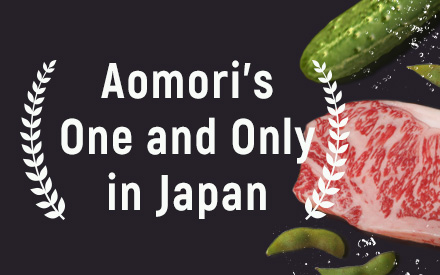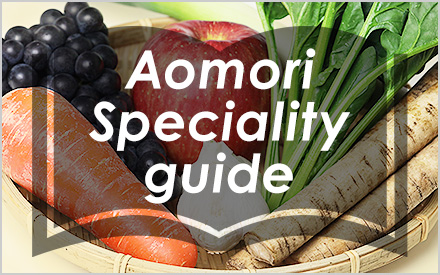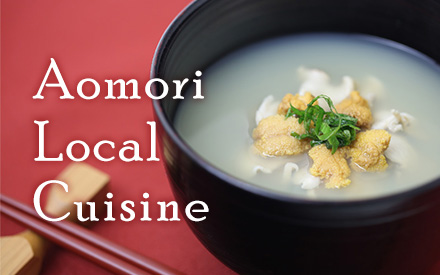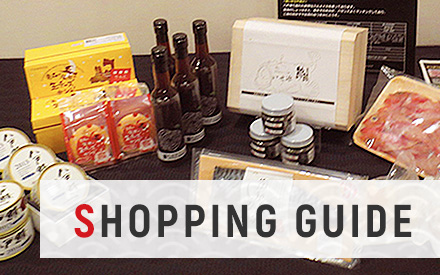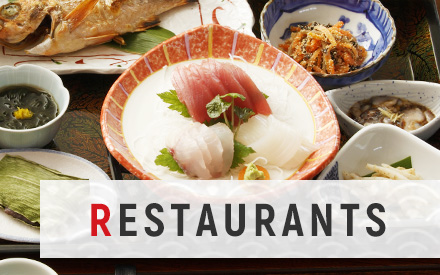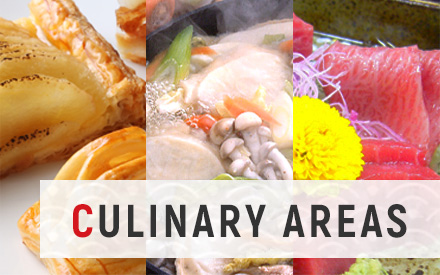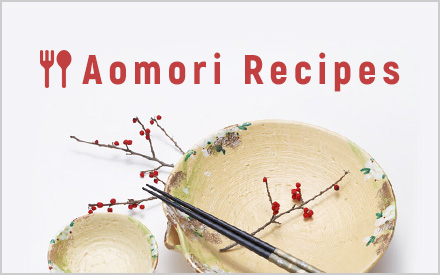
With the peak production season in the summer, Aomori is the third largest producer of turnips in Japan, with most being destined for the Kanto region. Grown in the cool climate of Aomori summers, the Aomori turnip is valued for its thin outer skin, snowy white color, and its freshness. When eaten peeled and uncooked, it has a delicate sweetness and a fresh and crisp texture which resembles that of the asian pear. The root is what we commonly consume, but the leaves have a much higher nutritional value.
The turnip “Noheji Hatsuki Kokabu”, produced in the town of Noheji, was registered as a regional collective trademark in August, 2012. The popularity and growth of this brand is highly anticipated as Noheji’s specialty produce.
Distribution Season
in season
| Jan | Feb | Mar | Apr | May | Jun | Jul | Aug | Sep | Oct | Nov | Dec |
|---|---|---|---|---|---|---|---|---|---|---|---|
Noheji Hatsuki Kokabu
Although turnips are commonly associated with winter and cooked in nimono in the rest of Japan, “kabu” (turnip) in Aomori is best eaten uncooked because of its tender flesh.
Hatsuki Kokabu, which means small turnip with leaves, is grown exclusively in the town of Noheji and surrounding areas in eastern Aomori prefecture. Special care goes into preparing the soil; in addition to using fully ripened compost from neighboring livestock farms, the ground is fertilized based on soil analysis for achieving the healthiest conditions. The leaves are protected from pests with coverings, which in turn minimizes the usage of pesticides.
Noheji kokabu is also known for its freshness. The turnips are picked before dawn when the temperatures are cooler, washed, sorted by size, then treated for pre-cooling. Most are shipped within the day of harvest.
Noheji Hatsuki Kokabu has a soft and thin outer skin that can easily be peeled by hand like a tangerine. Grown in the cool climate of Aomori, the flesh is juicy and slightly sweet. The best way to eat them is fresh and uncooked. The entire turnip, including its crisp leaves, can be enjoyed in a variety of dishes.
The turnip was registered as a regional collective trademark in 2012. The popularity and growth of this brand is highly anticipated as Noheji’s specialty produce.
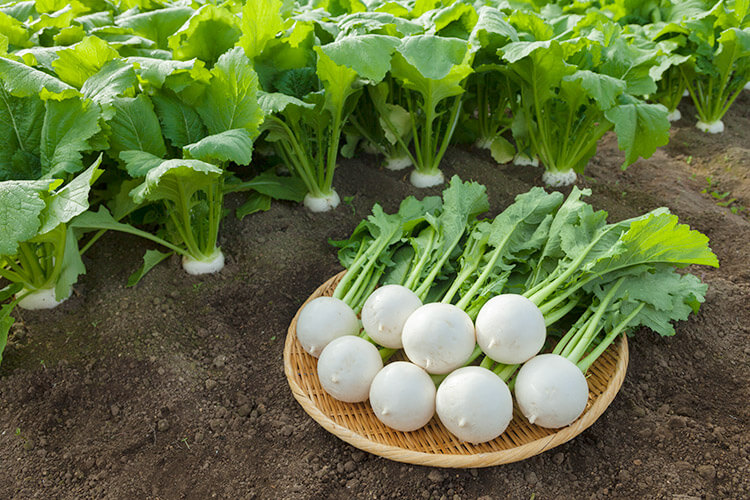
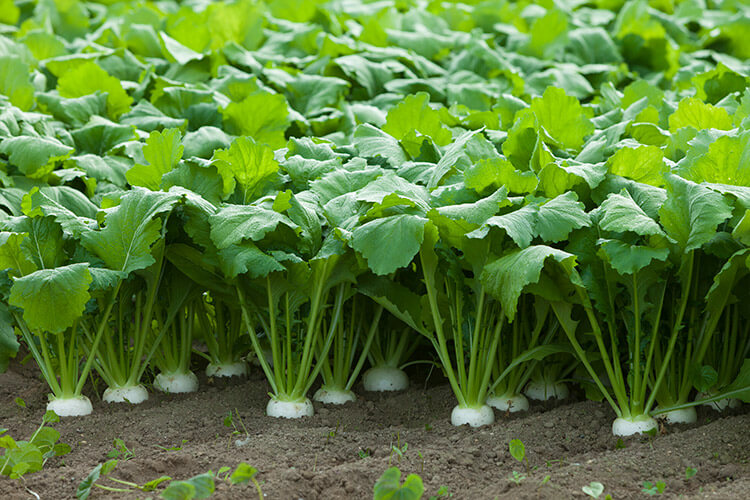
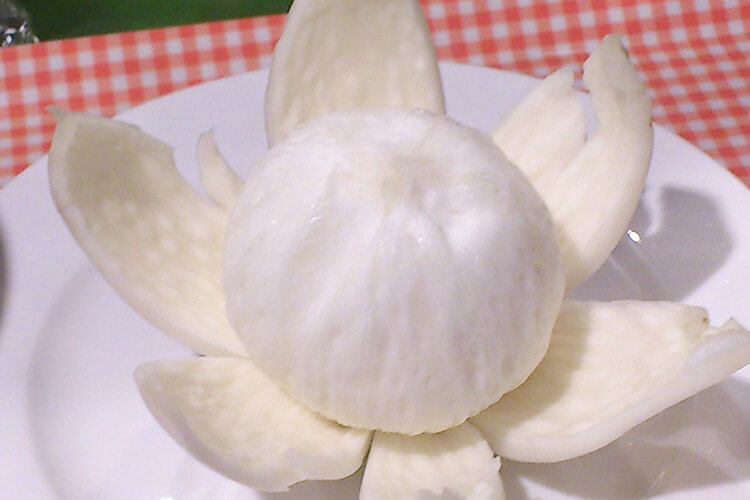
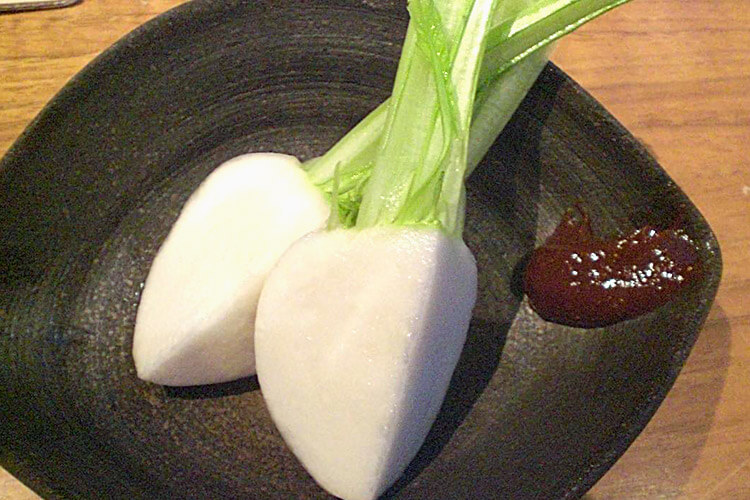
Harvest Months (Noheji Hatsuki Kokabu)
in season distribution period
| Jan | Feb | Mar | Apr | May | Jun | Jul | Aug | Sep | Oct | Nov | Dec |
|---|---|---|---|---|---|---|---|---|---|---|---|
Find a restaurant or store
Depending on the season and weather, this product may not be available.


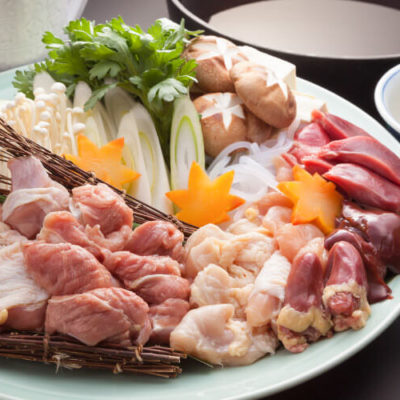 Chicken
Chicken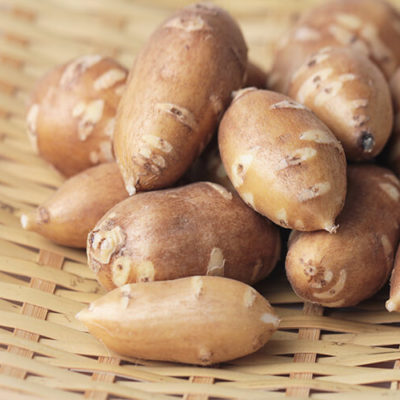 Shimokita Apios Americana
Shimokita Apios Americana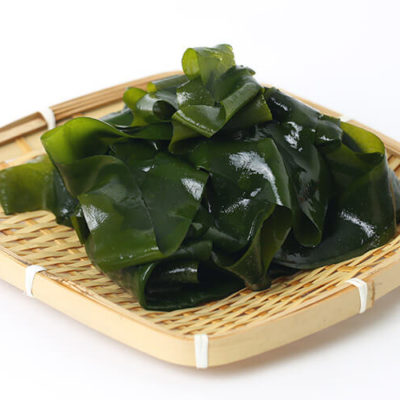 Wakame
Wakame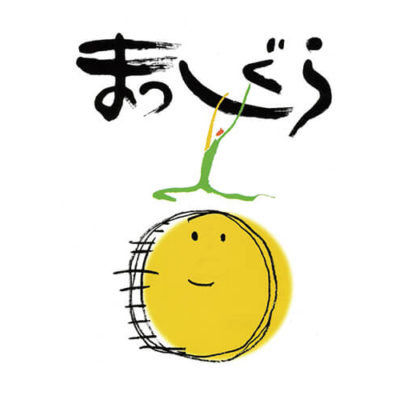 Masshigura
Masshigura
